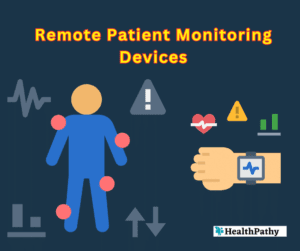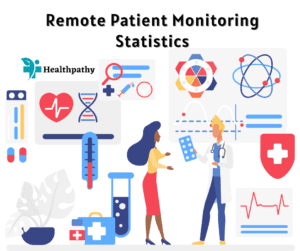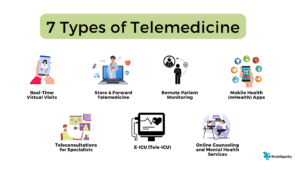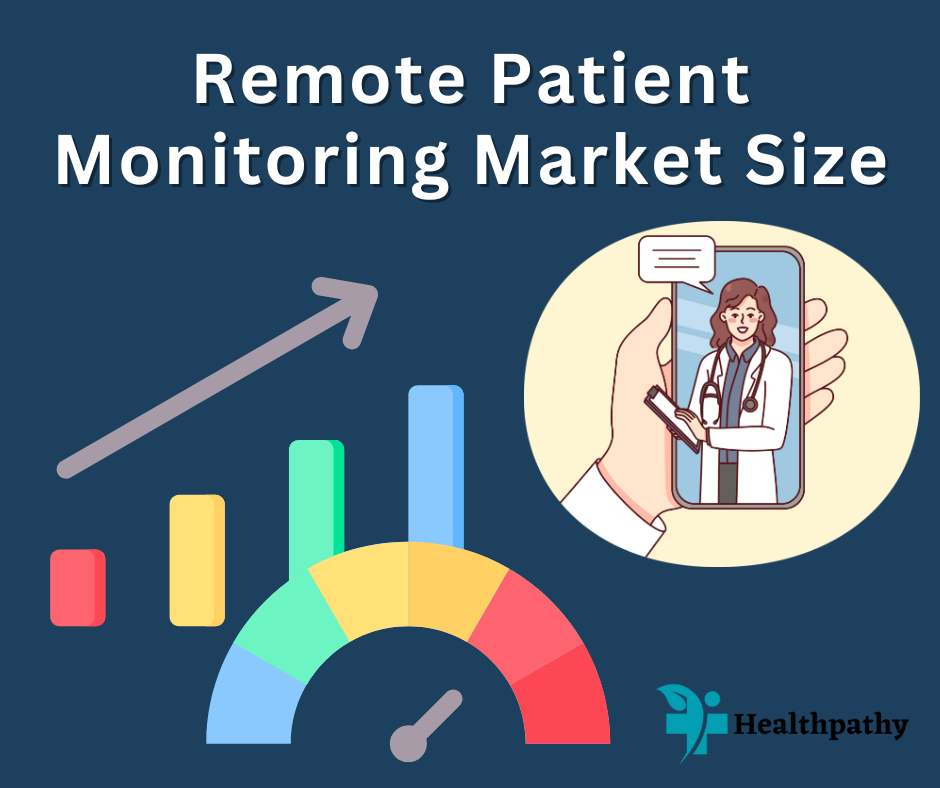Remote Patient Monitoring Market Size
Remote Patient Monitoring (RPM) is a rapidly evolving healthcare technology that enables healthcare professionals to monitor patients’ health status remotely. By utilizing advanced medical devices and telecommunication technologies, RPM allows continuous monitoring of patients’ vital signs and other health-related data, without the need for regular visits to healthcare facilities. This innovative approach to healthcare has gained significant traction in recent years, and its market size has been witnessing remarkable growth. In this article, we will delve into the remote patient monitoring market size, analyzing the key factors driving its expansion and exploring its future prospects.

Market Overview:
The remote patient monitoring market has experienced substantial growth in the past few years, driven by various factors such as the increasing prevalence of chronic diseases, the rising aging population, and the growing demand for personalized healthcare solutions. Additionally, advancements in wearable medical devices, telecommunication technologies, and data analytics have further fueled the adoption of RPM solutions across the healthcare industry.
Market Size and Growth:
As of the latest available data (as of September 2021), the global remote patient monitoring market was estimated to be worth around $XX billion. It is important to note that the market has likely grown significantly since then, considering the rapid technological advancements and the increased awareness and adoption of RPM solutions during the COVID-19 pandemic.
Key Factors Driving Market Growth:
Increasing Prevalence of Chronic Diseases: The global burden of chronic diseases, such as diabetes, cardiovascular disorders, and respiratory ailments, has been rising steadily. RPM solutions offer an effective way to monitor patients with chronic conditions continuously, enabling early detection of health deterioration and timely intervention, thus reducing hospital readmissions and overall healthcare costs.
Aging Population: The world’s aging population is a significant factor contributing to the growth of RPM. As the elderly are more susceptible to chronic illnesses and require constant monitoring, RPM provides a convenient and efficient way to deliver healthcare services to this demographic.
Cost-Effectiveness: Remote patient monitoring offers a cost-effective alternative to traditional healthcare models. By reducing the need for hospital visits and readmissions, RPM can result in significant cost savings for both healthcare providers and patients.
Technological Advancements: The continuous improvement in wearable medical devices, wireless communication, and data analytics has expanded the capabilities of RPM systems. The integration of artificial intelligence and machine learning algorithms enhances data interpretation and aids in early disease detection.
COVID-19 Pandemic: The outbreak of the COVID-19 pandemic in 2020 accelerated the adoption of remote patient monitoring solutions. RPM helped to monitor COVID-19 patients remotely and facilitated virtual consultations, ensuring continuous healthcare delivery amidst lockdowns and social distancing measures.
Market Segmentation:
The remote patient monitoring market can be segmented based on various parameters, including:
Product Type: Wearable devices (smartwatches, activity trackers, ECG monitors), stationary devices (blood pressure monitors, glucometers), and software applications.
Application: Chronic disease management, post-acute care, cardiac monitoring, diabetes management, and others.
End-User: Hospitals and clinics, home healthcare settings, and others.
Region: North America, Europe, Asia-Pacific, Latin America, Middle East & Africa.
Regional Insights:
North America has traditionally been at the forefront of adopting RPM solutions due to the presence of advanced healthcare infrastructure, a tech-savvy population, and supportive government policies. However, the Asia-Pacific region is expected to witness the highest growth rate in the coming years. Factors such as increasing healthcare expenditure, growing awareness of remote patient monitoring, and the rising prevalence of chronic diseases are propelling the market in this region.
Future Prospects:
The future of the remote patient monitoring market looks promising. Technological advancements will continue to drive the development of more sophisticated and user-friendly RPM devices and software. The integration of AI and IoT technologies will enable real-time data analysis and predictive modeling, leading to more proactive healthcare interventions. Moreover, as governments and healthcare providers recognize the potential of RPM in improving patient outcomes and reducing healthcare costs, we can expect further investment and expansion in this market.
Conclusion:
The remote patient monitoring market has evolved significantly, offering innovative solutions to address the challenges posed by an aging population and the increasing prevalence of chronic diseases. With continuous advancements in medical technology and data analytics, RPM is poised to revolutionize healthcare delivery, accessible, and cost-effective. As the market continues to expand, collaborations between healthcare providers, technology companies, and policymakers will be crucial to ensuring the widespread success of remote patient monitoring solutions.
Related Articles:




Follow us:





